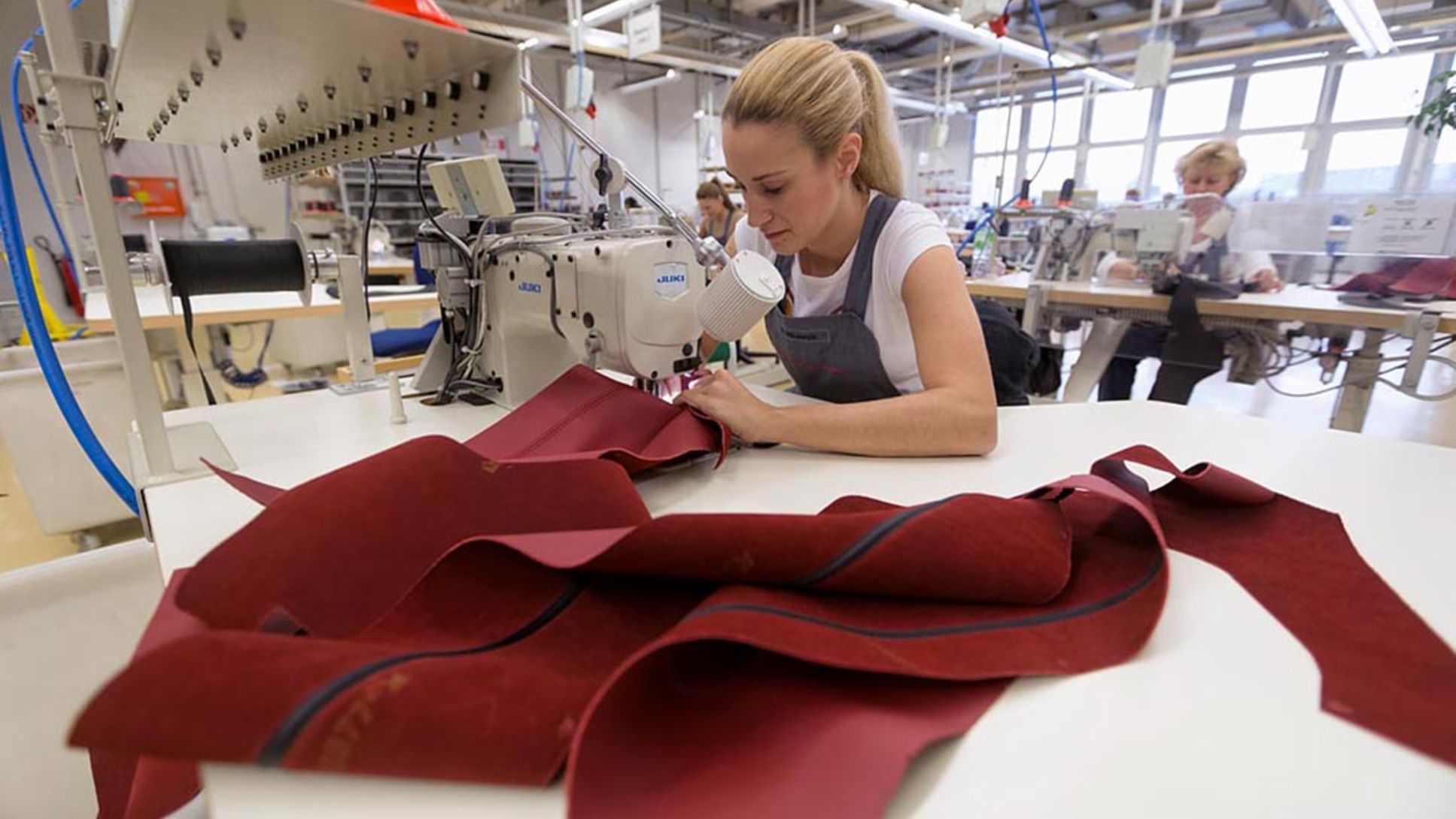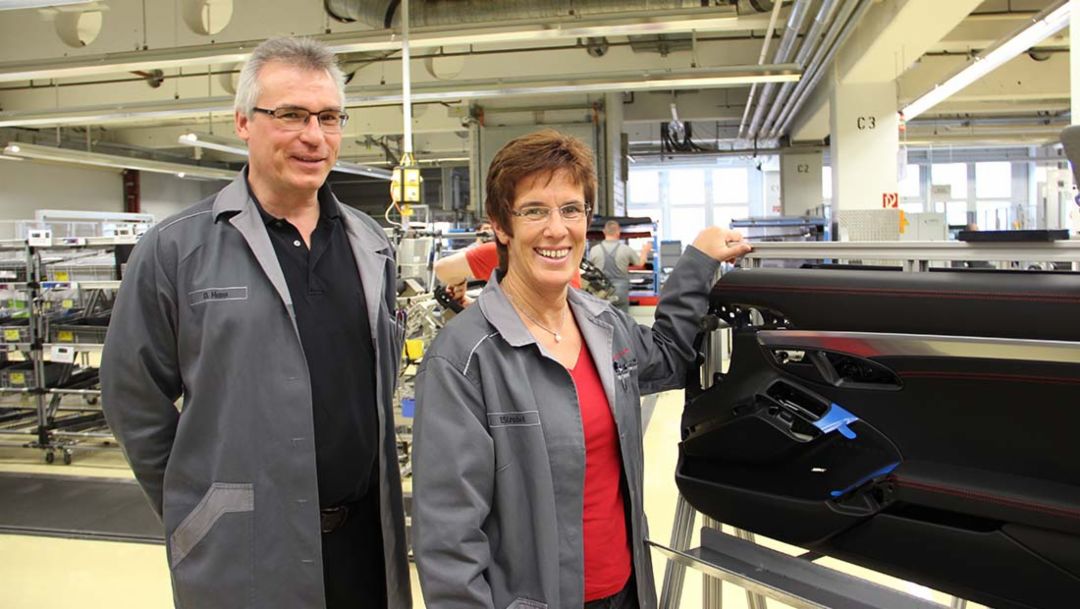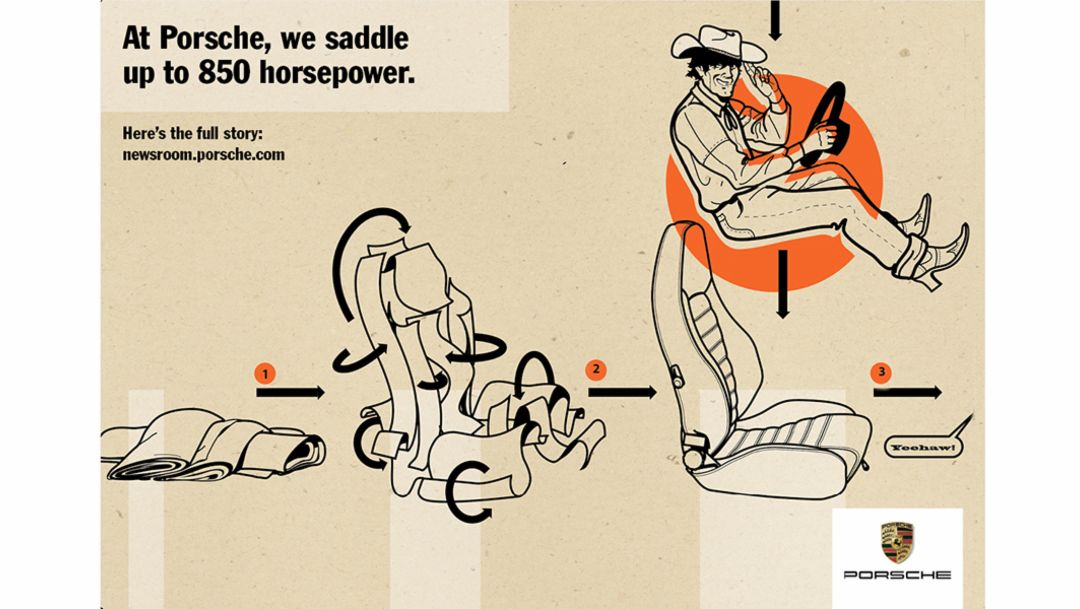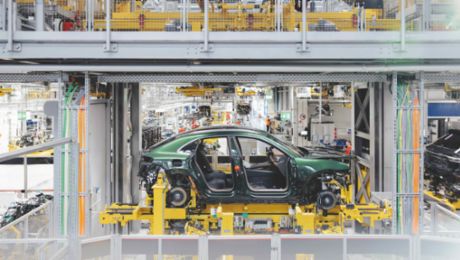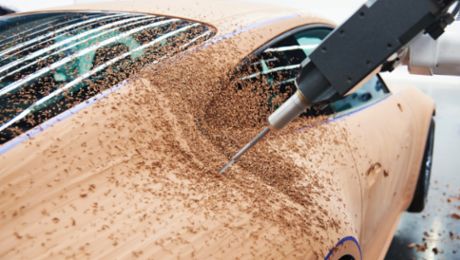The "intrinsic values" for all Porsche sports cars are created at the saddlery at Plant 2 in Zuffenhausen. The sewers and saddlers produce the interior trim and upholstery in the same order as the vehicles roll off the final assembly line. "We do not produce for inventory, but only in accordance with the wishes of the customer," explains Detlef Hans, production manager of the saddlery. Because each customer can combine the various colours for the leather and stitching according to his/her own taste.
80,000 options - just for the doors alone
"Based on all the possible variations, there are more than 80,000 possible combinations, just for the doors alone", explained Birgit Strobel, who is responsible for planning in the saddlery. Therefore, extravagant colours are no problem for our colleagues in the saddlery. "For example, we have a customer who bought his first Porsche in the 1960s," says Strobel. "Since then, he ordered many new vehicles, but always with the same flamenco red interior." The saddlery staff can also remember the order from a sultan from the Far East very well: He ordered several sports cars for his family; these were designed in his country’s national colours, both inside and outside.
Despite the many possible variations: dark colours, especially black, are by far the most popular: "Almost 50 percent of the customers choose this", says Strobel. Shades of brown, such as espresso, are also very popular. In the United States, on the other hand, there is a strong demand for beige interiors.
The proper cut
No matter how simple or extravagant customer needs may be: the steps are the same. The leather arrives from the tanneries in a building across from the saddlery -and almost "bull for bull", in the form of whole hides. The leather has already been dyed at that time. What is missing is the right cut. To do this, employees scan the hides and examine them for flaws such as cracks. Based on this information, a colleague at the computer individually decides what individual parts are to be cut from the hide. A machine then takes over the cutting process using a water jet. Incidentally, the left-over leather does not go into the trash, but is re-sold to belt or wallet manufacturers.
Sure-handedness is called for here
Next door, in the saddlery itself, the pre-cut pieces of leather are then sewn or glued into the individual covers. Even if the employees there produce in the same order as the colleagues in final assembly: there is no assembly line there. Instead, there is a so-called laminating workspace for each component, where a saddler joins together the support structure and the leather. To do this, he aligns both of these in a device and then "laminates" the leather cover so it is wrinkle-free using a seam blade. No easy job: "You need to have a certain talent for this," says Strobel knowingly. Because evenly gluing the leather onto the corresponding individual parts requires a lot of sure-handedness.
Despite all the manual labour, the saddlery cannot operate entirely without machines. Take the dashboard, for example: "After a saddler has applied the leather, it is briefly heated to just above 55 degrees, and is then immediately cooled down again," explains Hans. "This ensures that the adhesive cures in a heat-stable manner, and can even withstand temperatures of up to 140 degrees." Otherwise the leather could separate, when the vehicle warms up in the sun. After this drastic treatment, the dashboard is ready and immediately goes out for final assembly.
